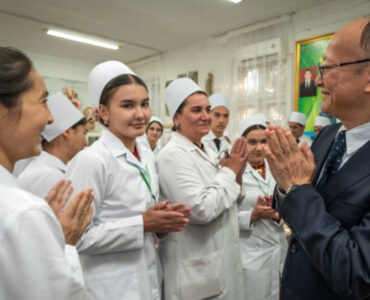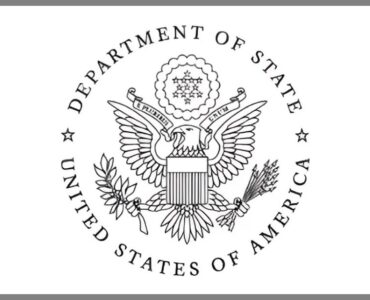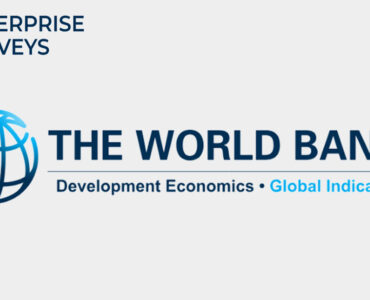The Bertelsmann Stiftung’s Transformation Index (BTI) published its 2024 country report for Turkmenistan. It assesses the country’s transition toward democracy and a market economy and covers the period from February 1, 2021 to January 31, 2023.
Below are the major challenges impeding Turkmenistan’s progress and the wellbeing of citizens.
Donate to support Turkmen analysts, researchers and writers to produce factual, constructive and progressive content in their efforts to educate the public of Turkmenistan.
SUPPORT OUR WORK- The widespread and deeply rooted corruption affects all sectors from education and health to customs, taxation, security services to oil and gas industry. Patronage, dependence on state contracts, a bloated bureaucracy, inadequate control of public finances, an underdeveloped tax system and a lack of effective corruption prevention mechanisms contribute to the prevalence of corruption.
- The unequal access to the resources across the country: The elite in Turkmenistan hold at least 75% of the private assets in the country. The dual exchange rate, where black market rate of USD is almost 5.7 times higher, has resulted in higher prices for many imported consumer goods, intermediate products and supplies for the needs of domestic production. Many entrepreneurs and the general public cannot convert manat using the official exchange rate, which is only available to state owned companies and businesses with the link to the government. The currency problem has led to high inflation which was at least 20-30% in 2021.
- The large-scale poverty and unemployment. According to independent observers 33%-45% of the country’s population live below the poverty line and 40%-50% of the people are unemployed. The quality of general, vocational and higher education remains low with more than 70% of secondary school graduates unable to access tertiary education. The social security system is limited mainly providing (1) state subsidies for limited quantities of food, water, gas and electricity consumption and (2) basic protection for disadvantaged groups. Meanwhile, the quality and quantity of state subsidized foodstuffs in state-run stores have decreased resulting in malnutrition among adults and children who cannot afford to buy food at market prices. The most vulnerable groups, unemployed or at risk of unemployment have no safety nets.
The rural areas, where the majority of poor reside, rely mainly on agriculture which struggles with low efficiency, lack of water and land degradation. Desertification continues to increase every year resulting in annual economic losses of roughly $350 million. The central drinking water supply and irrigation process results in 30%-50% of water loss due to worn out pipeline networks and pumping stations. Dashoguz and Lebap regions experience serious water deficits causing out-migration.






